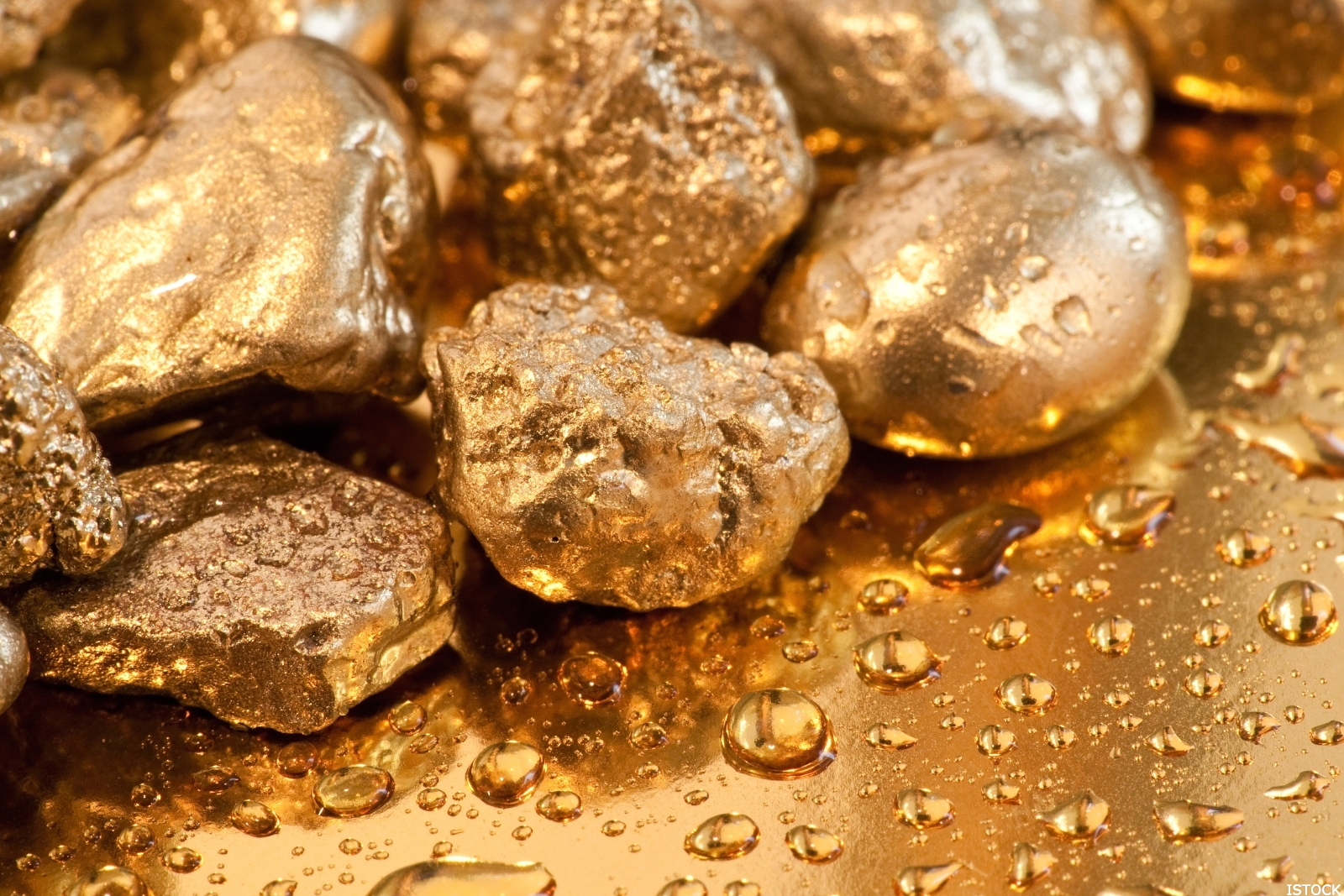Gold (Au) Element's Specifications

Properties:
Gold is a rather soft yellow metal. Au(Gold) has the atomic number of 79 and Gold is placed in the same periodic table column as copper and silver. Gold conducts electricity and heat easily, and has an extremely high density. Au(Gold) is hardly oxidized; moreover gold is not affected by most acids and bases. Gold is widely utilized in jewelry in golds pure form or mostly as an alloy. Depending on how much of amount of gold is in alloy, the term ‘carat’ is used. For example, 24-carat is pure gold. However, pure gold is rarely used due to Golds softness, so Gold is mostly alloyed with other metals to make the product durable. Au(Gold) is malleable and ductile, and can be pressed into sheets.

Applications:
Gold is used in Jewelry
Gold is used in Coins
Gold is used in Art, decoration
Gold is used in Architectural ornament
Gold is used in Electroplating
Gold is used in Gears for watches, artificial limb joints
Gold is used in Electrical connectors
Gold is used in Coating electrical conductors
Gold is used in Computer chips, circuits
Gold is used in Dentistry
Gold is used as a catalyst
For Related Products, please visit:
Comments
Post a Comment